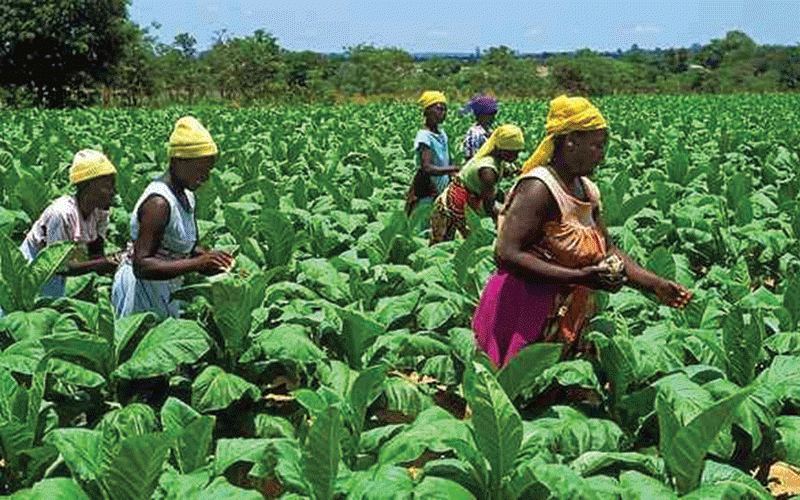
ZIMBABWE plans to spend $103 billion over a five-year period to save wetlands, authorities said last Friday.
Environment, Climate, Tourism and Hospitality Industry minister Mangaliso Ndhlovu told reporters in Harare during an update of the state of wetlands that this budget would be revised depending on the situation.
“We currently have a five-year plan to rehabilitate wetlands,” Ndhlovu told reporters.
“The current estimate is around $103 billion, which we believe can help us make substantial progress, if not completely rehabilitate our wetlands. The cost might escalate if (the programmes) demand a bit more. But we believe that with this kind of purse we should be able to work on rehabilitating our wetlands.”
The campaign to save wetlands has increased worldwide as these delicate ecosystems increasingly become exposed to pressure from development projects, such as housing.
In Zimbabwe, many wetlands have been affected by chaotic housing development as demand for land rises in towns and cities.
Experts say among many of their critical roles, wetlands help recharge aquifers that provide water for domestic, industrial and agricultural use.
For Zimbabwe, an agro-based economy, wetlands are especially important because they help recharge streams that provide water for irrigation, livestock and fisheries.
- Mavhunga puts DeMbare into Chibuku quarterfinals
- Bulls to charge into Zimbabwe gold stocks
- Ndiraya concerned as goals dry up
- Letters: How solar power is transforming African farms
Keep Reading
Ndhlovu said people who settled on wetlands before they were gazetted would be given a chance to work with the Environmental Management Authority (EMA) during the period of the plan.
“We have come up with guidelines for utilising our wetlands,” the minister said.
“The processes are quite clear. We have to first assess whether it is a wetland or not. We can easily check because they have already been mapped and gazetted. If it is a wetland and you have got title acquired prior to the gazetting of the master plan, you then work with EMA (to map the way forward). We have to put limitations on what can and cannot be done in wetlands.”
Experts have indicated that nearly 90% of the world’s wetlands have been degraded or lost.
They say 35% of this figure was lost in the last 50 years.
According the United Nations Environment Programme, wetlands — teeming with both flora and fauna species — are a key ally in human beings’ fight against biodiversity loss.
Over 140 000 described species — including 55% of all fishes — rely on freshwater habitats for their survival.
Freshwater species are important to local ecosystems. They provide sources of food and income to humans. Their habitat, the wetlands, are key to flood and erosion control.
Wetland species and their habitats are, however, becoming extinct more rapidly than terrestrial or marine species, with almost a third of all freshwater biodiversity facing extinction due to invasive species, pollution and over-harvesting.
A November 2022 meeting of the Ramsar Convention on Wetlands raised the profile of wetlands and their crucial role in achieving the Sustainable Development Goals — humanity’s blueprint for a better future.
The following month, in December 2022, at the United Nations Biodiversity conference, countries reached a landmark agreement to protect nature, a deal which included a provision to restore at least 30% of degraded inland water bodies and conserve healthy freshwater ecosystems in an equitable way.
According to the UN’s 2022 state of finance for nature report, climate, biodiversity and land degradation goals will be out of reach unless investments into nature-based solutions quickly raise up to US$384 billion per year by 2025.
That would be more than double the current total of US$154 billion a year.











